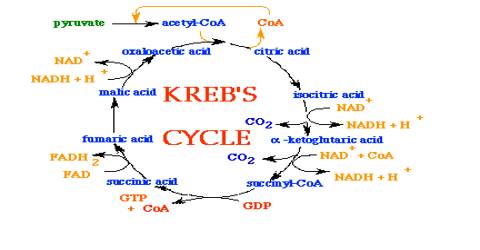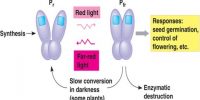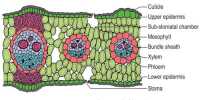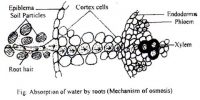The Krebs cycle (or citric acid cycle) is a part of cellular respiration. Named after Hans Krebs, it is a series of chemical reactions used by all aerobic organisms to generate energy. The next phase of oxidation of pyruvic acid in aerobic respiration takes place in mitochondria and the reactions are occurred by cyclic method. This cycle is called Kreb’s cycle after the name of an English Biochemist, Hans Krebs who first proposed it.
It is actually a part of the much larger process called cellular respiration, the process where your body harvests energy from the food you eat.
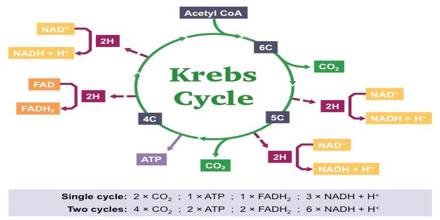
This cycle is called citric acid cycle because citric acid is the first intermediate compound of this cycle. Another common name of this cycle is Tricarboxylic acid cycle (TCA cycle) because some of the intermediate steps have three carboxylic groups. Also during the Krebs cycle, the two carbon atoms of acetyl-CoA are released, and each forms a carbon dioxide molecule. Thus, for each acetyl-CoA entering the cycle, two carbon dioxide molecules are formed. Two acetyl-CoA molecules enter the cycle, and each has two carbon atoms, so four carbon dioxide molecules will form.
